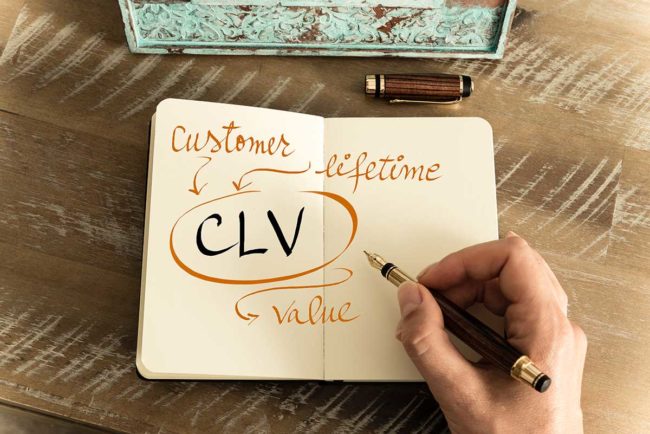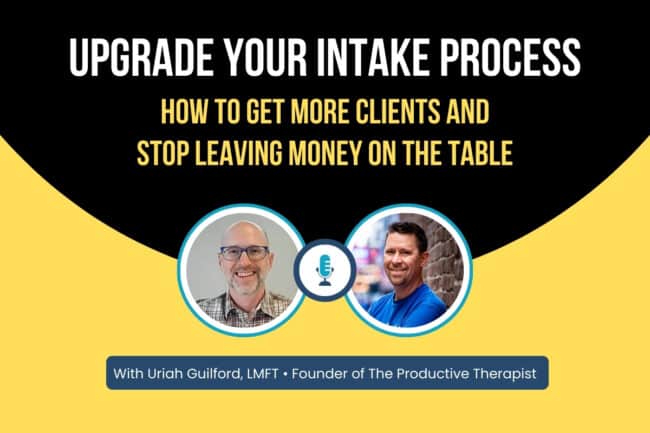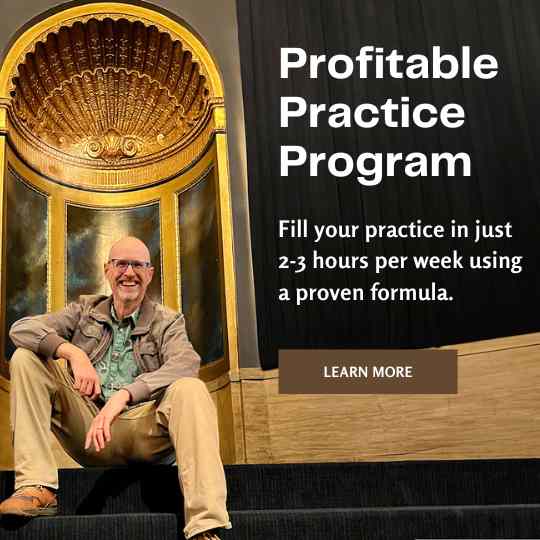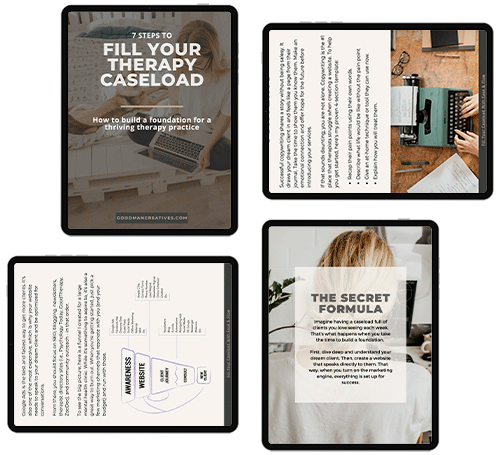Let’s talk about the Lifetime Value of a Client
Achieving sustained profitability is the goal of any business. In pursuit of that goal, businesses will pour plenty of resources into marketing to potential customers and coming up with ways to improve operations while also cutting costs. They may also employ other practices in the hopes of becoming more profitable.
However, becoming profitable becomes harder to pull off if there is something fundamentally off about your business model. To find out how well your business is doing in terms of profitability, it helps to look at the metric known as customer lifetime value.
 What Is Customer Lifetime Value (CLV)?
What Is Customer Lifetime Value (CLV)?
Customer lifetime value, which is often referred to by the acronym CLV, is a metric that indicates how valuable a customer is to your business over an unlimited period of time, according to Qualtrics. You are gauging the customer value over that extended timeframe as opposed to only narrowing it down to a single transaction.
By understanding the lifetime value of your customers, you can formulate a more cost-effective strategy that will eventually help facilitate growth for your small business.
How Do You Determine Customer Lifetime Value?
There are three main factors to consider when you are trying to calculate the client lifetime value, according to Hatchbuck.
The factors are:
- The annual revenue per customer
- The average number of years that a customer partners with your business
- The cost of acquiring the customer
Let’s try to get a better sense of how to pinpoint the CLV by looking at an example.
For this example, let’s say that a therapist is looking to attract more clients and create a profitable therapy practice. To do so, the therapist in question puts money into marketing efforts and new lead channels totaling around $1000 or so.
That’s not an insignificant amount of money to spend, especially if it’s a smaller practice. However, spending that much money on marketing can be justified if CLV analysis shows that the other two elements of the equation are more favorable to the therapist.
If the therapist is getting around $150 per session from each customer and the average customer goes in for a session about thrice per month, that comes out to $450 of monthly revenue.
It appears as though the therapist is still coming out on the short end, doesn’t it? That’s true if the average client only sticks around for a month. But, if the average customer of that therapist stays for at least one year, their financial value quickly becomes $5,400/year. Now, that $1k investment is a no-brainer.
There are obviously other factors that must be accounted for when taking inventory of business finances to ensure profitability. Still, if the average customer value is higher than what it costs to acquire them in the first place, the business is in a good spot.
Heres a good resource on how to make a therapist marketing budget using CLV and more.
 What is a client’s lifetime value so important?
What is a client’s lifetime value so important?
We’ve touched on it a few times already, but among the reasons why it’s so important to measure CLV is because it helps you understand how profitable your small business is. Customer lifetime value for small businesses is an important guideline, and it can greatly influence how that entity in question acts moving forward.
By first taking the time to measure lifetime value for small businesses, the owners can decide how they should approach matters such as marketing, operating expenses, and even which products and/or services they should offer.
Beginning with marketing, knowing the CLV is useful because business owners can set an upper limit for their budget. There is an important caveat, though. If you break down your customer base into different demographics, you may find that certain people are more likely to display customer loyalty over others.
Your customer retention and marketing efforts should be more focused on them. This isn’t to say that you should eliminate your customer investment budget for the other demographics. The point is that you may want to spend differently depending on which customers you are trying to land.
Another important point to bring up is that customer retention involves more than landing them. You also need to try to show their business matters greatly to you. Small business managers and owners can do that by investing more in their products/services.
If you can demonstrate to your customers that you want to consistently improve your offerings, they will have no reason to look elsewhere.
Business owners may also find it wise to put real money into providing a reliable customer service arm to their customers. Even if you have complete confidence in your product and service offerings, it would be ideal to set up a customer service department that can handle concerns when they do occasionally arise.
How Do You Increase Customer Lifetime Value?
The goal of increasing customer lifetime value for small businesses will always be present, but the question is, how can they go about doing so?
One thing you can do is to personalize your approach to individual customers.
Customers have unique needs, and it’s not always easy to meet them when you are trying to cast a wide net during the acquisition process. Now that you’ve obtained their business, though, you can focus more on what they want and hope that doing so translates to a longer partnership. Social media is a great tool for this.
Reward programs can also do wonders in terms of improving customer retention. Incentivize your customers to form long-term partnerships with your small business. You may take a hit financially short-term because of the rewards you’re handing out, but that’s a small price to pay if it means you will have loyal customers.
Businesses trying to improve the lifetime value of their customers should also look into changing up their product and/or service offerings.
It won’t be easy to get clients to bite on upgraded services that cost more or new products that you are pitching, but it’s still worth pursuing those potential profit avenues if you have a solid relationship.
Figuring out how to become profitable and to stay that way is a never-ending challenge for many small businesses. It’s a challenge that can be made easier, though, by developing a better understanding of customer lifetime value and its significance.
What’s next?
Let our team of experts help you figure out your CLV – and then create an omnichannel marketing plan around it. Reach out below or schedule a 15-minute Q&A call to discover how we can help grow your business.


 What Is Customer Lifetime Value (CLV)?
What Is Customer Lifetime Value (CLV)? What is a client’s lifetime value so important?
What is a client’s lifetime value so important?

















